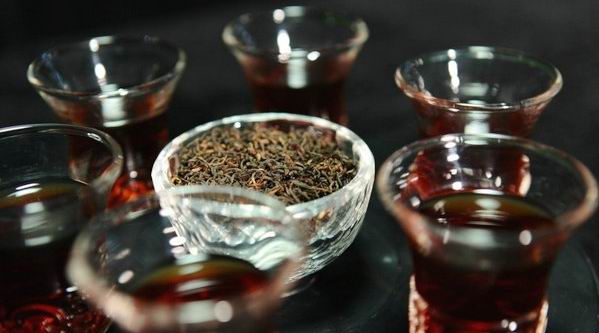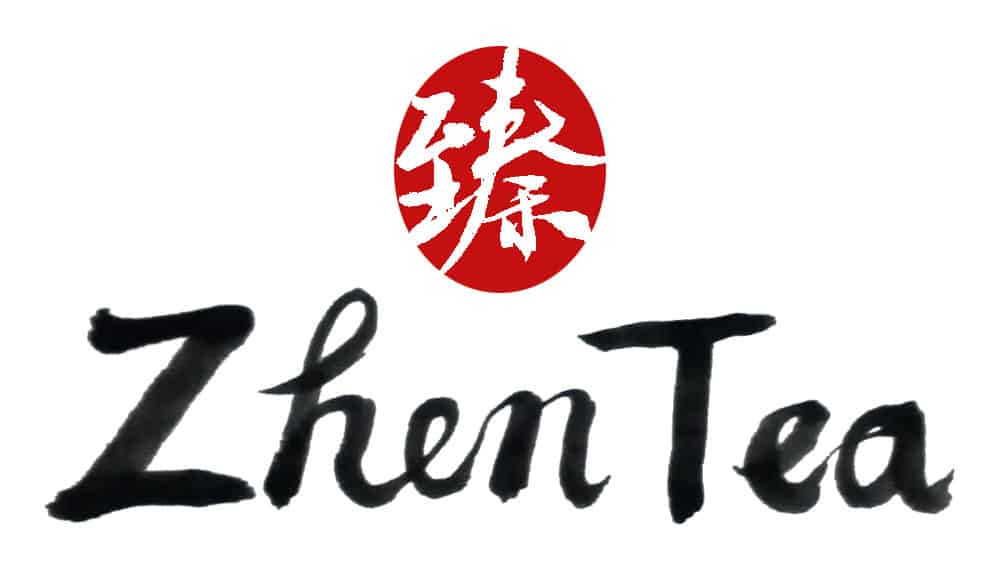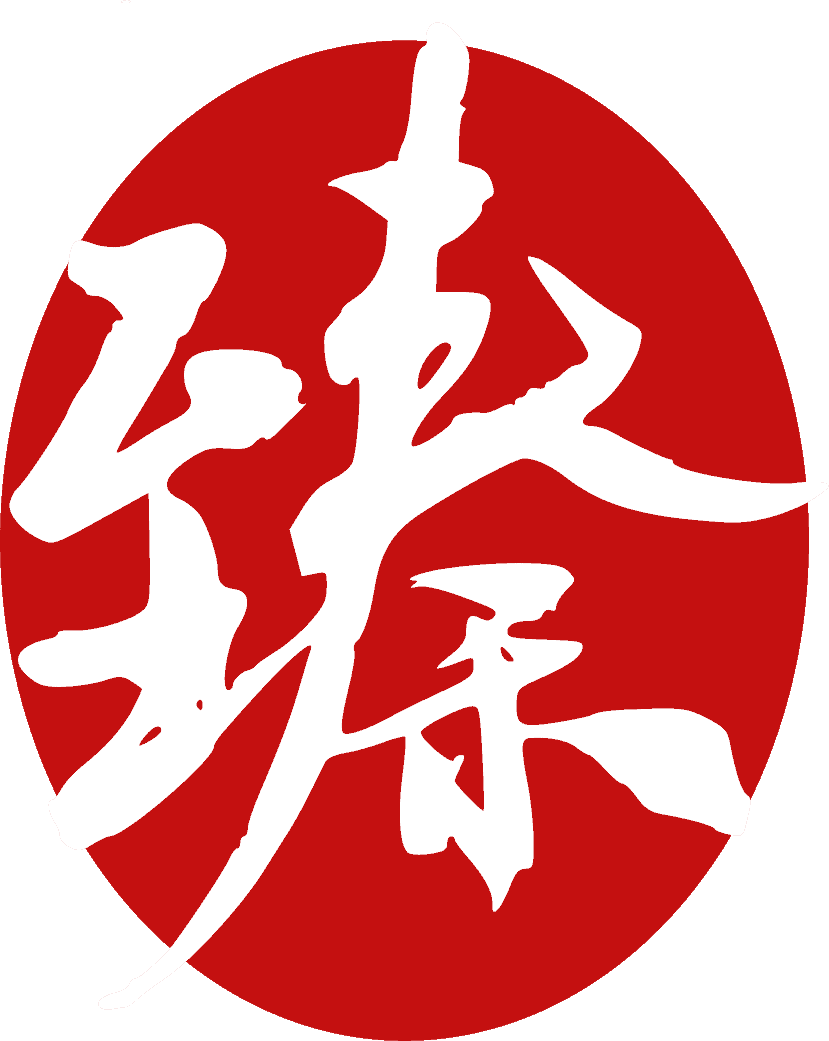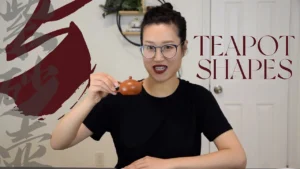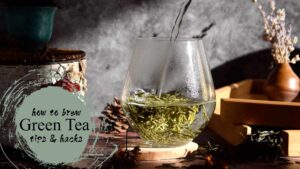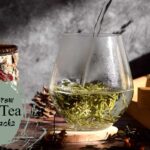Today in an online tea community, I heard for the first time that shu (cooked) pu’er cannot age. I was really surprised by this because I had always understood almost all tea changes with age, especially including pu’er. After some reading and consulting, I think I finally figured out what is meant by “shu pu’er cannot age”. I think the more precise statement would be that shu pu’er doesn’t need to be aged, but shu pu’er can definitely age. To explain this well, we need to look back into the history of pu’er tea.
In old times, there was neither sheng (raw) nor shu (cooked) pu’er. In that time, the traditional process of making pu’er was to dry the leaves and press it into the “cakes”, which is now known as sheng pu’er. And its target market was distant locations such as Tibet or further, perhaps even overseas. In order standardize trading, the cakes were usually 357g, and 7 of those were formed into a unit known as a “bucket” (tong). Transportation was obviously a lot slower as it was mostly by horses or even on foot and the landscape in Yunnan and beyond is treacherous to this day. It could easily take a few months or even years for the tea to reach its destinations. Pu’er is also traditionally processed during the rainy season, which means humid and warm conditions. Packaging at that time wasn’t as good as now, so the high humidity and temperature during the long transit gradually changed the tea. When it arrived at the destination, the look and flavour of the tea was different than when it was just made. As transportation evolved, pu’er spent much less time on the road which gave it less time to ripen. The direct result was that the tea tasted differently than before, because it had not ripened enough. Tea had been delivered in the old way for generations and people had grown accustomed to that taste of pu’er. It took many attempts to simulate the ripening process that used to occur in transit under highly humid and warm conditions, but finally shu pu’er was invented. In brief, shu pu’er is a process that uses high temperature and high humidity to simulate the naturally ripened sheng pu’er.
The shu pu’er process was invented in 1973 and the term sheng pu’er came into existence to distinguish between the two. So if you are lucky to have a twenty to thirty year old sheng pu’er, it will look and taste like shu pu’er. But of course, as a tea sommelier, you can still tell the difference. The theory is similar to greenhouse tomato and naturally grown tomato: they are ripened at different speeds, and with discerning palette will be able to taste the difference.
This explains why shu pu’er doesn’t need to be aged. But can it age? Of course! Just try it yourself, buy some shu pu’er of different years and you can taste the difference, or try a shu pu’er, wait a few years (take notes if necessary) and try it again. The older it gets, the more sophisticated and the rounder it tastes and smells. Personally, I don’t drink shu pu’er that is too fresh. Three years old still has that sharp flavour. I prefer ten year old shu pu’er because it’s rounder and less earthy, and twenty year old pu’er is simply beyond words! It has the core flavour of pu’er tea but upgraded to a whole new level! If you are interested in more information or details, I would recommend a book called Pu’er Tea by Jianliang Huang & Jianxing Geng, and some articles or books by Jiaju Zou (邹家驹) or Shihai Deng (邓时海). Sorry, they are all written in Chinese, if you know of any good English references fell free to leave a comment.
